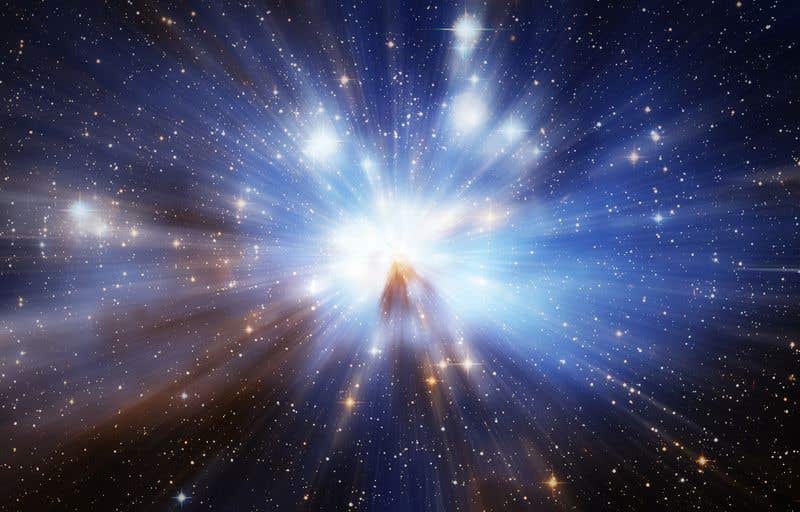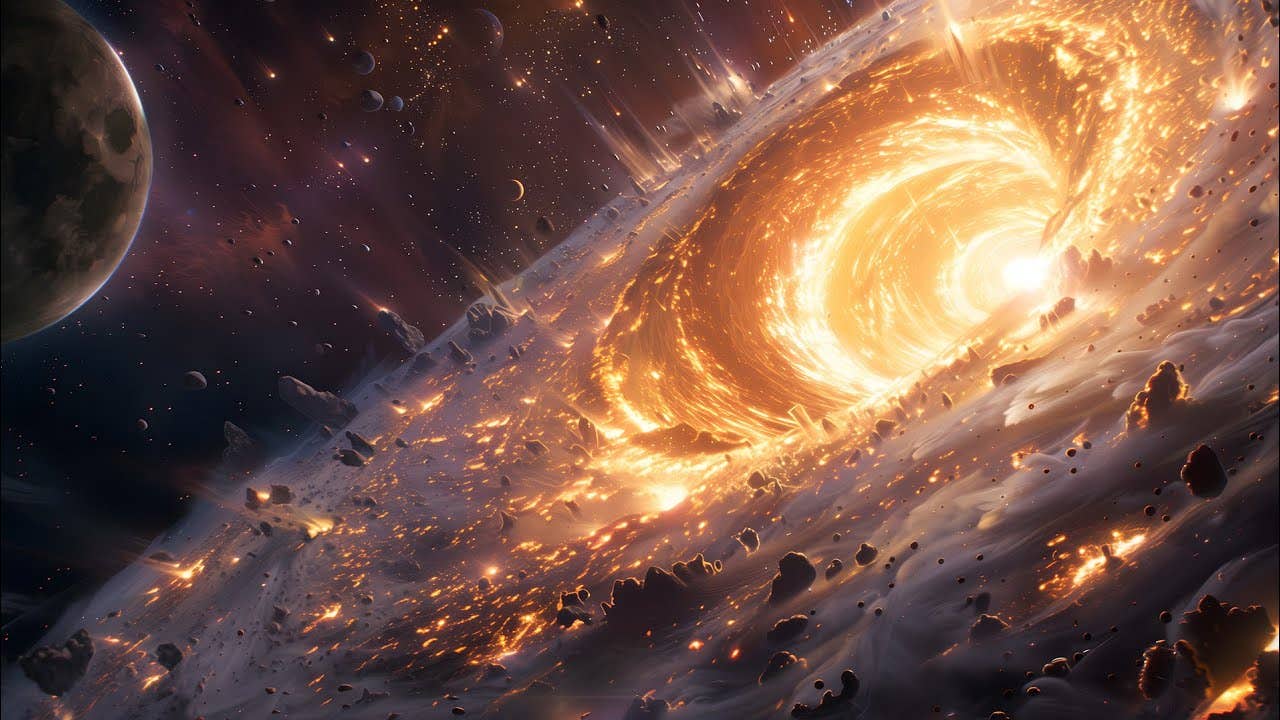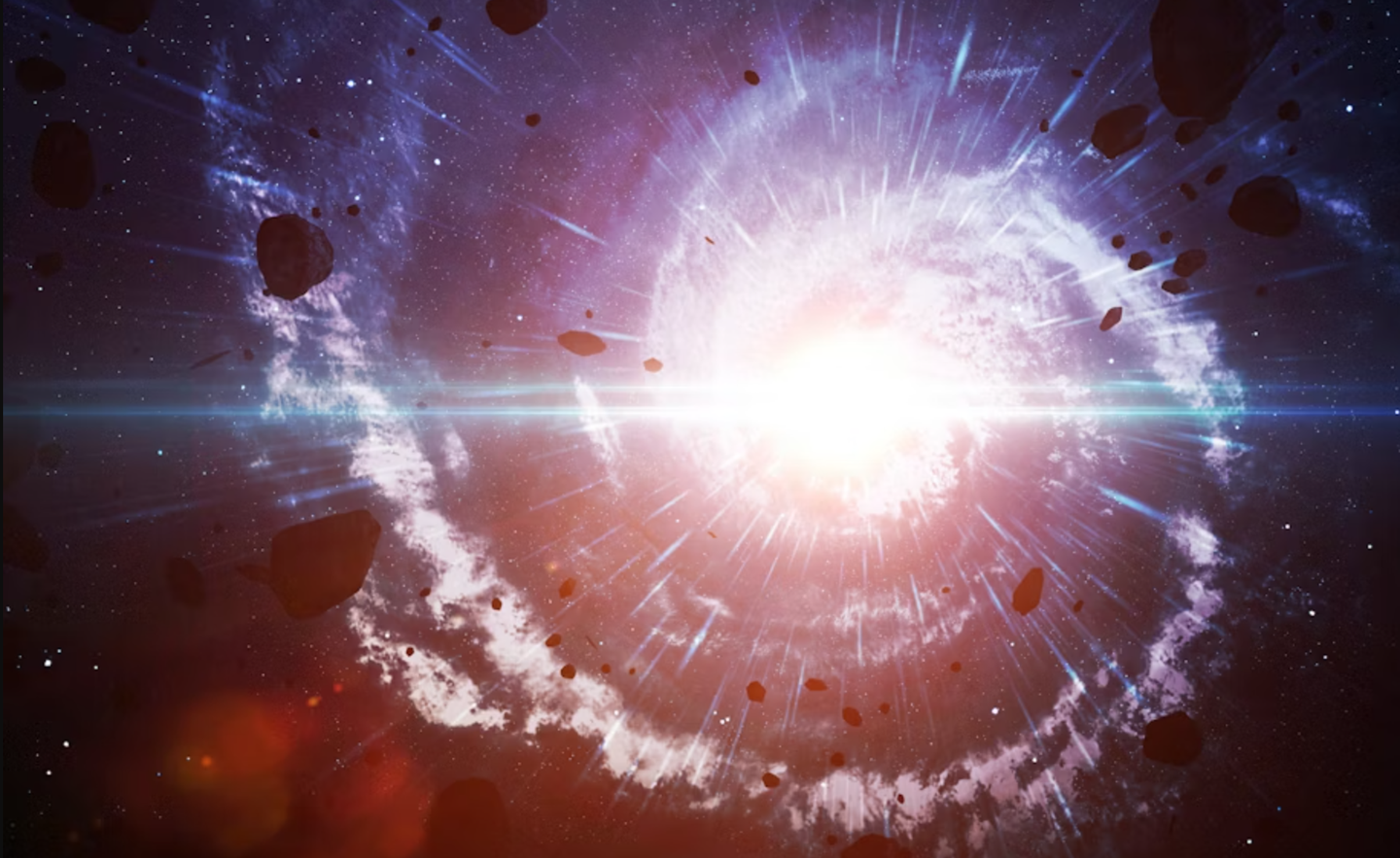The universe looks very different at light speed
Superluminal observers reshape causality, quantum mechanics, and relativity, offering new insights into the universe’s fundamental laws.

A new perspective on the universe could emerge if superluminal observers, those who theoretically move faster than light, were to exist. (CREDIT: CC BY-SA 4.0)
A new perspective on the universe could emerge if superluminal observers, those who theoretically move faster than light, were to exist.
Recent research demonstrates that integrating these observers into our understanding of physics does not lead to causal paradoxes as once feared. Instead, this integration reshapes fundamental concepts of causality and space-time, much like quantum mechanics does.
Physicists Andrzej Dragan and Artur Ekert have made strides in this area, proposing that extending Einstein’s special relativity to include superluminal frames of reference introduces a new dynamical framework. This approach replaces the deterministic paths of classical mechanics with quantum-like superpositions, where particles travel simultaneously along multiple trajectories.
Superluminal observers would perceive the universe differently from subluminal observers like us. For these observers, traditional spatial dimensions would behave like time dimensions, fundamentally altering their view of the universe.
Andrzej Dragan explains, “From the point of view of the superluminal observer, only one dimension retains a spatial character, the one along which particles can move. The other three dimensions are time dimensions.”
This radical reinterpretation demands a shift in physics from point-particle dynamics to field theory. Classical Newtonian mechanics no longer applies; instead, fields govern the behavior of particles.
This shift aligns with principles found in quantum mechanics, such as the quantum superposition of states, suggesting that particles do not follow singular trajectories but move along all possible paths simultaneously.
Reconciling Superluminal Observers with Relativity
Albert Einstein’s special theory of relativity transformed our understanding of space-time by introducing a four-dimensional continuum. While it’s based on the principles of Galileo’s relativity and the constancy of the speed of light, the theory traditionally applies only to subluminal observers.
However, Dragan argues that there is no fundamental reason why superluminal observers should be excluded from these principles.
Related Stories
In their publication, "Relativity of superluminal observers in 1 + 3 spacetime," Dragan, Ekert, and their colleagues outline a framework for including superluminal observers in a four-dimensional space-time model. They show that extending relativity to accommodate superluminal frames does not violate Einstein’s postulates. On the contrary, this extension retains the constancy of the speed of light for all observers, regardless of their velocity relative to light.
Prof. Krzysztof Turzyński, a co-author of the study, elaborates on the implications: “From our perspective, it looks like simultaneous movement in all directions of space, akin to the propagation of a quantum-mechanical spherical wave associated with a particle.” This view aligns with Huygens’ principle, originally applied to light waves, but later extended to matter through quantum mechanics.
Quantum and Superluminal Intersections
Integrating superluminal observers into relativity bridges a gap between classical and quantum physics. The resulting theory introduces nondeterministic behaviors, echoing the probabilistic nature of quantum mechanics. This intersection has profound implications for understanding phenomena like spontaneous symmetry breaking and the Higgs mechanism.
Dragan points out that superluminal phenomena might play a crucial role in these processes, particularly in the early universe. Tachyonic fields, often associated with spontaneous symmetry breaking, could offer insights into the mass generation mechanisms for fundamental particles. This line of inquiry may eventually illuminate the underlying principles of the Standard Model and beyond.
Superluminal observers challenge the classical definitions of velocity and kinematics, requiring new formulations that remain consistent with Einstein’s relativity. For instance, the concept of velocity must accommodate the fact that particles exhibit quantum superpositions, appearing to move along multiple trajectories simultaneously.
Dragan and his team’s work suggests that quantum theory’s foundational postulates, previously considered fundamental, might derive naturally from an extended version of special relativity. This hypothesis could reshape our understanding of quantum mechanics, unifying it with relativity in a single theoretical framework.
While experimental verification of superluminal observers remains elusive, the theoretical groundwork laid by researchers from Warsaw and Oxford provides a robust foundation for future exploration. The potential discovery of superluminal particles or phenomena would revolutionize physics, shedding light on the universe’s most profound mysteries.
The University of Warsaw’s Contribution
The University of Warsaw’s Faculty of Physics plays a pivotal role in advancing this frontier of knowledge. With over 200 academic staff and a history dating back to 1816, the faculty has been at the forefront of modern physics research, from quantum scales to cosmological phenomena.
This vibrant academic community fosters groundbreaking research in areas like quantum field theory and cosmology. Its contributions to the study of superluminal observers and extended relativity highlight its commitment to pushing the boundaries of scientific understanding.
As researchers continue to explore the implications of superluminal observers, the boundaries between classical, quantum, and relativistic physics blur. The integration of these disciplines could lead to a unified theory, addressing long-standing questions about the nature of space, time, and matter.
Dragan’s team’s findings underscore the importance of reexamining established theories in light of new possibilities. By extending Einstein’s relativity to include superluminal frames, they have opened a window into a realm of physics where time and space behave in ways previously unimaginable.
The journey to understanding this realm has only just begun, but its potential to transform our view of the universe is immense.
Note: Materials provided above by The Brighter Side of News. Content may be edited for style and length.
Like these kind of feel good stories? Get The Brighter Side of News' newsletter.
Joseph Shavit
Head Science News Writer | Communicating Innovation & Discovery
Based in Los Angeles, Joseph Shavit is an accomplished science journalist, head science news writer and co-founder at The Brighter Side of News, where he translates cutting-edge discoveries into compelling stories for a broad audience. With a strong background spanning science, business, product management, media leadership, and entrepreneurship, Joseph brings a unique perspective to science communication. His expertise allows him to uncover the intersection of technological advancements and market potential, shedding light on how groundbreaking research evolves into transformative products and industries.



